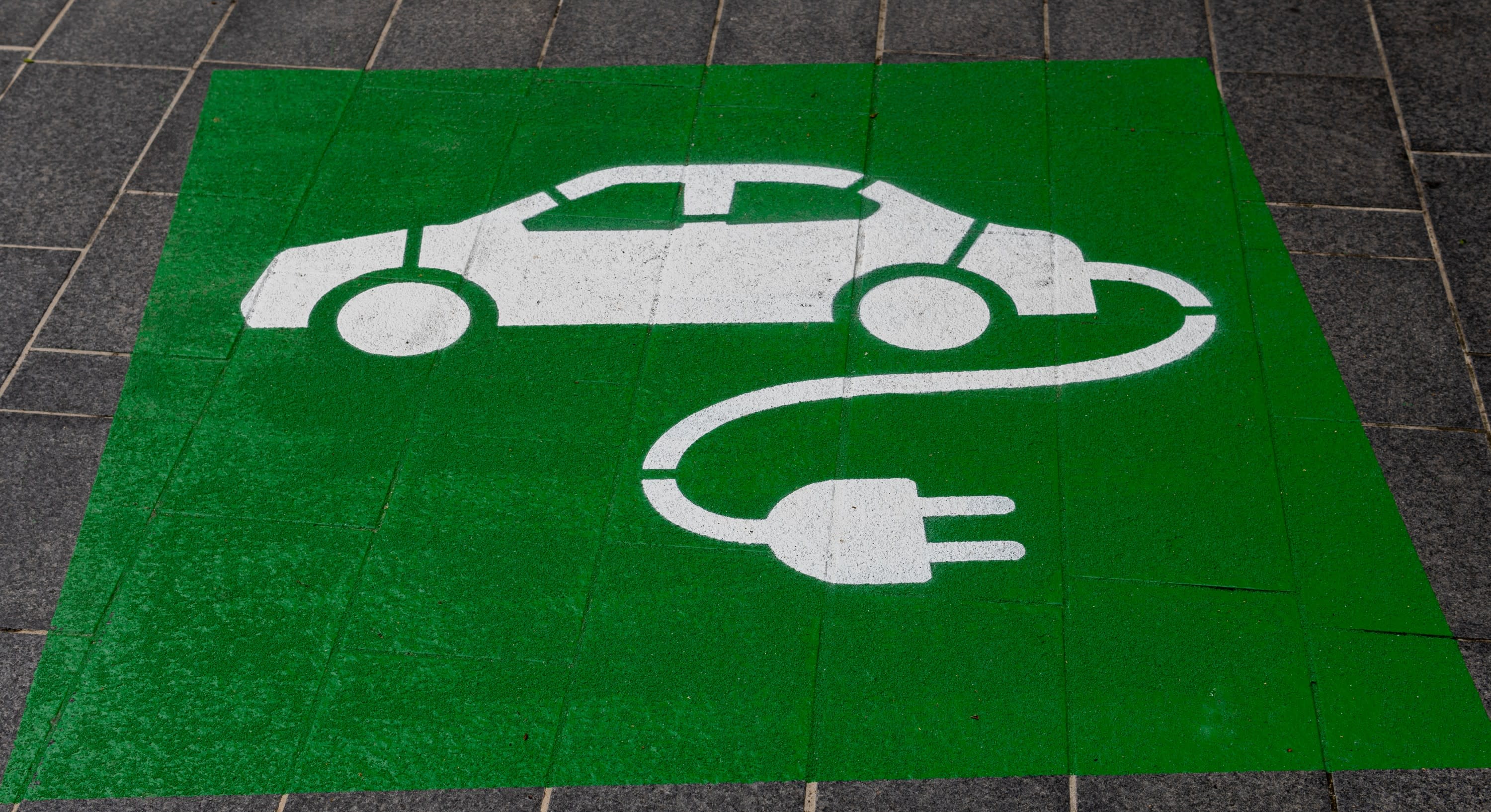
How many EV charging stations will we really need?
By: David Booth | Driving | February 18, 2022
Perhaps we’re going about this all wrong. Maybe we are, to heed sage advice, putting the cart before the proverbial horse. In our transformation to electrically powered transportation, could it be that we should be focusing less on batteries and more on the infrastructure that will recharge them?
That’s certainly the point of a recent Reuters infographic by Fielding Cage. Much of the information Cage points out should be obvious. Despite the much-trumpeted success of Tesla and the introduction of a spate of high-tech EVs from legacy manufacturers in recent years, batteries still power less than one per cent the roughly 275 million or so cars currently prowling U.S. roads.
More importantly, the switchover to plug-in vehicles is probably going to take longer than we’ve been led to believe. The average car now lasts 12 years, and only 17 million of that 275 million base are replaced per year. Cage estimates that, even if battery power accounts for half the cars sold in the U.S. by 2030 — an ambitious scenario by any account — EVs will still only represent between 50 and 60 per cent of all the cars on North American roads by 2050. In other words, in a best–case scenario, as many of half the cars we’re all driving in 2050 will still be fossil-fueled.
But, to anyone not Cathie Wood — or some other desperate Tesla fanatic — that’s not news. What’s different about Cage’s analysis — compared with the mainstream media’s contention that complete electrification is right around the corner — is that the prospect of converting even half our fleet to electric by 2050 might be in jeopardy, should we fail to get our infrastructure in order. According to the latest Pew research, he says, even amongst those shoppers favourable to electrifying their new cars, more than half have serious range and charging anxieties.
Citing a Massachusetts Institute of Technology proposal — “The Diffusion of Alternative Fuel Vehicles: A Generalised Model and Future Research Agenda” — Cage posits a few estimates of EV adoption rates in differing scenarios. In the first case, customers are given a US$10,000 incentive for switching to battery power for the next five years, and the U.S. builds 50,000 more public charging stations over the same time frame.
I’ll save you the drama of Googling the MIT research and tell you that heavy EV subsidization coupled with modest infrastructure growth is recipe a disaster. After five years, BEV penetration only reaches six per cent. Ten years out, EV sales have actually declined, those who switched from fossil fuels seemingly fed up with not being able to go anywhere and annoyed at the delays when they do. Twenty-five years later, there are no EVs, “a negative feedback loop created by the diminishing car sales causing the number of charging stations to fall, thus making new electric cars less desirable.”
Scenario two remains much the same except that 100,000 charging stations are built over five years rather than 50,000. After five years, EV penetration is now roughly 10 per cent and, despite a slight sales dip at the 10-year mark, their numbers continue to increase gradually. For those looking for the sunny side of our transformation to electric vehicles, the Biden administration’s latest infrastructure plan, which promises to build 500,000 new public charging stations by 2030, seems downright generous. Problem solved, right?
Nope, not even close.
According to evadoption.com, as of September 31, 2021, there are 109,307 public charging ports servicing the 2,147,070 plug-ins prowling U.S. roads. That’s about 19.5 cars per charging station. But, as Cage notes, ideally “at least one charger is needed for every 10 to 15 EVs in addition to home charging.” I’ll save you the math. Even at the optimistic end of that scale, that’s more than 16 million public chargers to service all the cars and trucks Americans will own once they all go electric. (By the way, the same calculus for Canada’s light-duty fleet would require 1.7 million chargers, and that doesn’t include servicing the half-million or so long-haul trucks and 700,000-plus motorcycles registered here in the Great White North.)
For those thinking these calculations fantastical, consider another study — Power Sector Accelerating e-mobility by Eurelectric.org — that projects that the 130 million BEVs expected to be registered in Europe by 2035 will require nine million public recharging stations (not to mention 56 million residential units). In fact, to keep up with demand, the report says Europe will have to build 500,000 public charging stations a year until 2030, and then an additional one million a year until 2035.
Now, those numbers may be mitigated by future enhancements such as longer-range EVs and faster charging stations. But the concept that we won’t need a fulsome public charging infrastructure — as many commenters have posited whenever I’ve brought up the subject in previous Motor Mouth columns — is positively farcical if EVs are to replace all ICEs. People will still need to drive to destinations distant, and many homes — the garage-less and those dealing with street parking — won’t have access to residential chargers.
Nor are charging speeds improving as rapidly as promised. Mercedes’ new EQE, for instance, boasts a meagre 170-kilowatt charging limit — and, in fact the EQE will, like most cars, probably average less than half that “peak” through its charging cycle — while the latest 800-volt wonders such as Porsche’s Taycan and the Hyundai Ioniq 5 still struggle to match their promised charging speeds. And the very fastest charging speeds envisioned for the future — dubbed “extreme fast-charging” by the U.S. Department of Energy — will still take 10 minutes to charge up a smallish 40- to 50-kilowatt-hour battery. In other words, charging will long remain much slower than gassing up a fossil-fueled car.
However many chargers are needed, a few thoughts pop off the page. One is that perhaps we should be pushing plug-in hybrids more since they would place less demand on infrastructure replacement. On the other hand, another recent study says that PHEVs pump out anywhere from two to four times their rated greenhouse gas emissions, often because people get too lazy to plug them in and instead rely on internal combustion.
More importantly, the scope and rapidity of such a transformation may require that governments take a direct hand — rather than simply subsidizing — in building an infrastructure capable of servicing so many electric cars so soon. Currently, there are some 374,000 charging points in Europe (most of which are concentrated in five countries: Germany, Italy, France, England, and the Netherlands). Meeting the 10-, 20-, and even 30-fold increases necessary may be beyond the capacity of even the freest of markets over the next few years.
Indeed, if these analyses are correct and charging networks are absolutely crucial to the rapid roll-out of electrified vehicles, then perhaps it’s time to direct our resources at building a common infrastructure rather than subsidizing the purchase of personal vehicles. Governments should not be in the business of buying depreciating-asset products for consumers. They are — and should very much be — in the business of creating the infrastructure that serves those ready to buy a zero-emission electric car.
Originally published for Driving.
